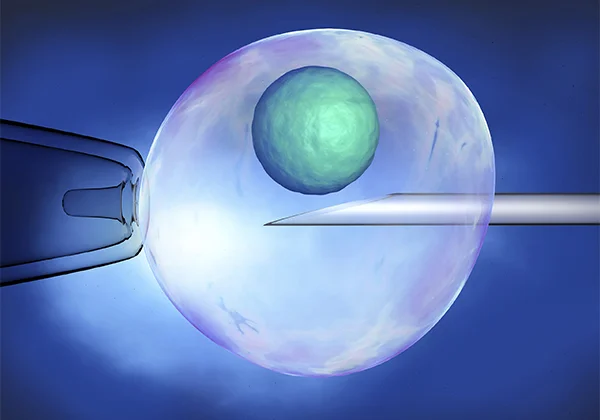Laser Assisted Hatching

Laser Assisted Hatching is a sophisticated laboratory procedure that uses laser technology to aid embryo implantation during an IVF or ICSI cycle. Read further for a simpler explanation.
In order for a pregnancy to occur, the embryo must attach itself to the endometrium lining the wall of the uterus. This is known as embryo implantation. For this to occur, the embryo must first break free, or hatch, from its thick outer shell, the zona pellucida.
Sometimes an IVF cycle can fail in spite of good quality embryos and a receptive endometrium. Implantation failure, or the failure of the embryo to attach to the uterine wall, is increasingly attributed to the inability of the embryo to escape its thick outer shell.
Laser assisted hatching is a precision technique where your doctor uses infrared laser beam to create a small incision or opening in the zona before transferring the embryo to the uterus. This weakens the shell, making it easier for the embryo to leave the shell, and promotes successful implantation.
Unlike the conventional assisted hatching method where an acidic solution was used to dissolve the zona, Laser Assisted Hatching is faster, safer, and gentler on the embryo.
Laser assisted hatching is a need-based procedure, undertaken in situations where your fertility specialist must take extra measures to minimize the possibility of implantation failure.
- Advanced maternal age (over 37 years)
- History of failed IVF or ICSI
- Thicker than usual zona pellucida
- History of poor fertilization in previous cycle
- Elevated baseline level of follicular stimulating hormone (FSH)
- Poor quality and/or too few embryos
- Frozen embryo transfer (FET), as freezing can harden the zona pellucida
If you have further questions about Laser Assisted Hatching, please call +91-11-48 85 85 85 or write to us at info@gaudiumivfcentre.com


